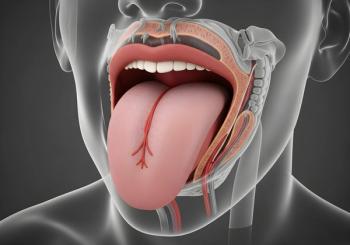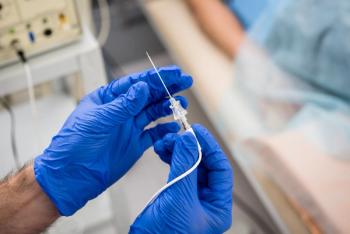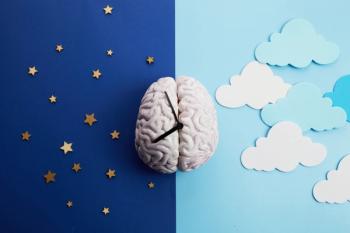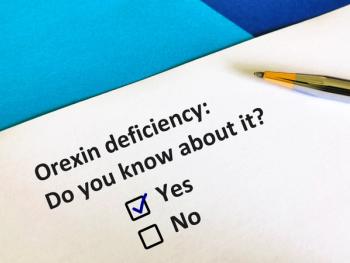
- MHE April 2022
- Volume 32
- Issue 4
Childhood Insomnia Symptoms Often Persist into Adulthood, Study Finds
Children with poor sleep had a 2.6-fold higher risk of developing adult insomnia, according to longitudinal research conducted by Penn State researchers.
A major newstudy shows that a plurality of children who experience insomnia symptoms will continue to experience sleep problems as adults.
The study,
The authors wanted to better understand the trajectories of patients with insomnia, and so they turned to the Penn State Child Cohort, a random, population-based cohort of school-aged children.
The cohort initially had 5,470 children between the ages of 5 and 12. One thousand members of the cohort were asked to undergo an in-laboratory polysomnography study at baseline (between the years 2000 and 2005), and 70% agreed. Members of the cohort were subsequently asked to undergo similar tests an average of 7.4 years later, during adolescence. Parents (and later the patients themselves) were asked to complete questionnaires about their sleep at childhood, adolescence, and as adults. A total of 502 children were included in the final analysis.
Related:
At the first visit, during which the children were 9 years old, 23.5% of children had insomnia symptoms. Those rates increased steadily at adolescence (36.0%) and into adulthood (42.6%).
Next, investigators looked at individual patient trajectories to see which outcomes were most likely among children with insomnia. They found more than 4 in 10 had persistent symptoms through adulthood. Remission was the next-most-likely outcome, with 26.9% of patients with symptoms as a child experiencing remission.
Among those who still had symptoms as adolescents, the rate of remission by young adulthood was just 11.2%.
Another 18.6% of children went on to have a waxing-and-waning pattern of symptoms.
Among children with normal sleep habits, the odds of developing insomnia symptoms were 15.2% by adolescence and 20.7% in adulthood. Sixteen percent of children with normal sleep as children experienced waxing-and-waning symptoms as adults.
Children and adolescents with poor sleep had a 2.6-fold and 5.5-fold higher risk of developing adult insomnia, respectively, the authors said.
Fernandez-Mendoza told Managed Healthcare Executive®that the adolescent brain is changing rapidly during adolescence as the body undergoes significant change and growth. He said the study shows adolescence is a key time for sleep trajectories.
“Together, this accumulated knowledge means that adolescence insomnia should be paid even closer attention and treated as an independent condition and not attributed simply to ‘bad habits’ ‘teen behavior,’ or ‘a symptom of mood/behavioral issues,’ even if those do contribute in part to the worsening sleep problem,” he said.
Fernandez-Mendoza said cognitive behavioral therapy for insomnia is becoming more common as a first-line treatment for insomnia. The therapy can be modified in some cases, he added, so that it addresses specific behavioral or biological factors that contribute to sleep problems in adolescents
Articles in this issue
over 3 years ago
Has the Pendulum Swung Too Far Against the Use of Opioids?over 3 years ago
The Time is Now for Laboratory Benefit Managementover 3 years ago
Delivering Healthcare in Unlikely Placesover 3 years ago
Pulling Back the Curtain on Value-based Careover 3 years ago
AI For Fraud Detectionover 3 years ago
Multiple Sclerosis - Some Drugs New, Some Tried-and-Trueover 3 years ago
Physician-Public Health Practitioners Neededover 3 years ago
ACA Enrollment Hits Record LevelsNewsletter
Get the latest industry news, event updates, and more from Managed healthcare Executive.






















































